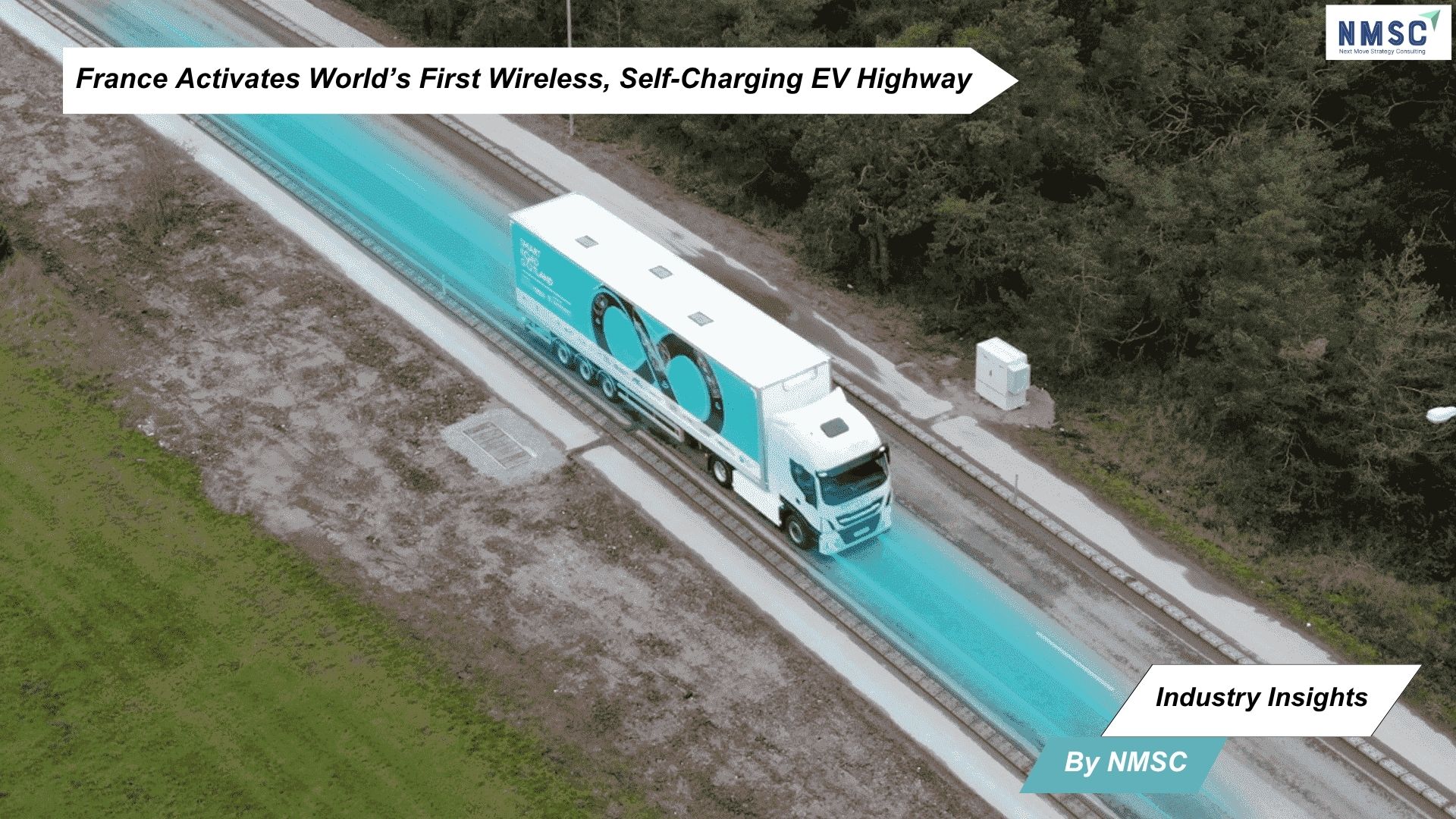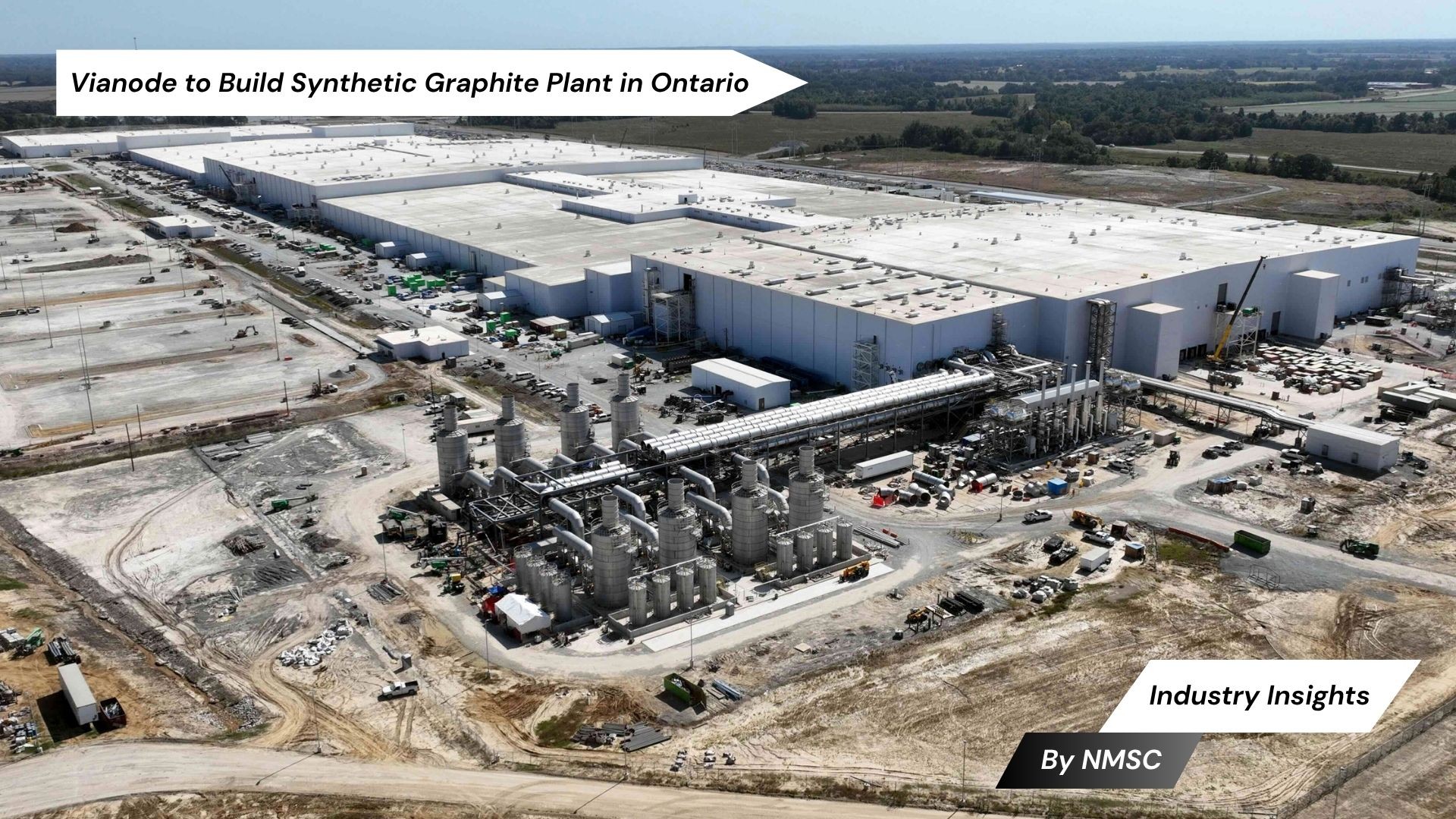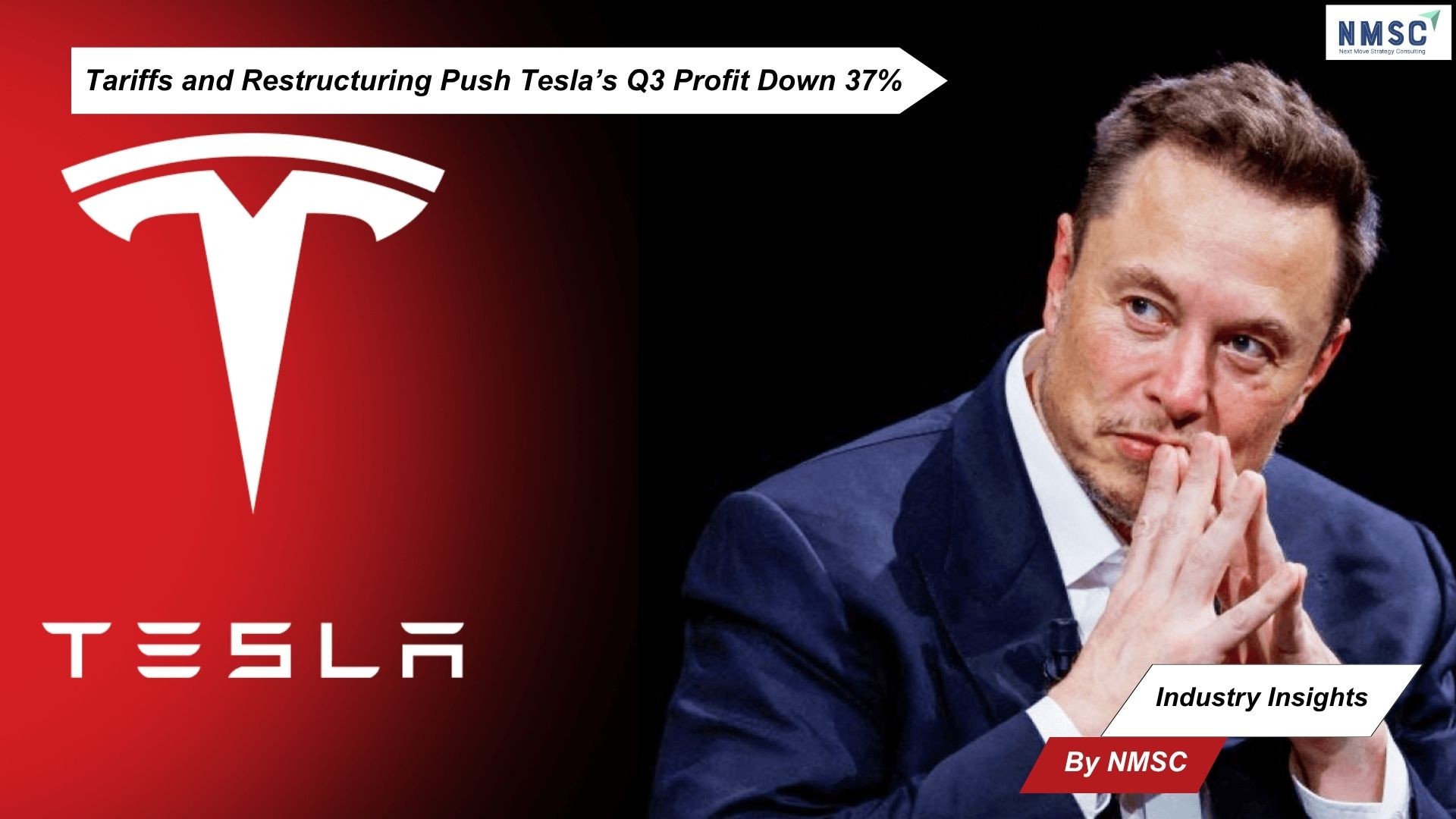China’s Electric Truck Surge Poised to Reshape Global Fuel Demand
Published: 2025-11-20

Industry Insights from Next Move Strategy Consulting
China is accelerating a transition from diesel- and LNG-fuelled heavy trucks to battery-electric models, a shift with significant implications for domestic fuel consumption and international energy markets. Electric heavy trucks have rapidly increased their share of new registrations in 2025, supported by subsidies, falling EV prices, and expanding charging and battery-swap infrastructure.
A Clear Break from Diesel and LNG
Once overwhelmingly diesel-powered, China’s heavy truck market has seen a sharp rise in battery-powered models. Battery trucks accounted for 22% of new heavy-truck sales in the first half of 2025, up from 9.2% in the same period of 2024 — a more than twofold increase in a year that is already influencing fuel demand patterns. Analysts note that electric trucks have outsold LNG models in China for consecutive months, signaling a reorientation of the market away from both diesel and LNG.
Key Developments at a Glance
-
Battery-powered trucks represented 22% of new heavy-truck sales in H1 2025, rising from 9.2% in H1 2024.
-
Research group BMI projects electric trucks could reach nearly 46% of new sales in 2025 and about 60% in 2026.
-
China’s diesel consumption fell to 3.9 million barrels per day in June 2024, an 11% year-on-year decline, reflecting part of the shift from diesel and LNG toward electrification.
-
CATL has introduced a heavy-truck battery-swap system and plans a nationwide swap-station network covering roughly 150,000 km of expressways, accelerating practical charging solutions for long-haul freight.
-
Independent estimates suggest China’s electric truck expansion is already reducing oil demand by the equivalent of more than one million barrels per day.
Why the Shift is Happening
Multiple commercial and policy drivers are converging. Electric trucks have become more competitive as purchase prices decline; lifecycle calculations by Chinese researchers indicate lifetime savings of roughly 10–26% compared with diesel counterparts, despite higher upfront costs. Generous incentives including a 2024 trade-in scheme that provided owners with up to about $19,000 to replace older trucks boosted early adoption. Investment in charging hubs at logistics nodes and highways, together with battery-swap rollouts, is reducing operational barriers for fleet owners.
Infrastructure, Policy and Manufacturing Momentum
Public- and private-sector actions are reinforcing the commercial case for electrification. Major logistics corridors in the Yangtze River Delta and metropolitan routes such as those serving Beijing and Shanghai have added dedicated fast-charging facilities. At the same time, planned regulatory tightening of vehicle emissions and greenhouse-gas targets will increase pressure on manufacturers to supply low- or zero-emission trucks. Chinese OEMs have leveraged integrated supply chains and in-house production of batteries, motors and electronics to lower costs and scale output, while exports of heavy-duty EV trucks to regions including the Middle East, North Africa and Latin America have been growing.
Industry Response and Strategic Outlook
The shift is prompting responses from incumbents and new entrants alike. International truck makers have noted intensified competition from Chinese manufacturers expanding production and export footprints. Analysts and energy forecasters suggest LNG may remain a transitional fuel in certain markets, but China’s rapid pivot toward electric trucks is already curbing demand for diesel and has the potential to limit LNG truck adoption outside China where conditions differ.
Next Move Strategy Consulting’s View Point
Next Move Strategy Consulting assesses that China’s fast-growing electric heavy-truck segment will materially alter regional fuel flows and heighten competitive pressures in global truck markets. Near term impacts include lower diesel consumption and constrained LNG truck growth beyond China, while medium-term effects will feature accelerated technology transfer, expanded Chinese exports of electric trucks, and heightened regulatory expectations for fleet emissions. Companies involved in fuel supply, logistics infrastructure and truck manufacturing should evaluate exposure to reduced diesel volumes, prioritize charging and battery-swap investments, and adjust product strategies to meet tightening emissions standards.
Source: Economic Times
Prepared By: Next Move Strategy Consulting
About the Author
 Kiran Verma is a versatile content writer known for creating clear, impactful, and audience-focused content across diverse industries. With a strong command of research-driven writing, Kiran transforms complex ideas into compelling narratives that resonate with readers and align with brand goals. Her work spans blogs, articles, website copy, marketing content, and SEO-optimized pieces that drive engagement and deliver measurable results.
Kiran Verma is a versatile content writer known for creating clear, impactful, and audience-focused content across diverse industries. With a strong command of research-driven writing, Kiran transforms complex ideas into compelling narratives that resonate with readers and align with brand goals. Her work spans blogs, articles, website copy, marketing content, and SEO-optimized pieces that drive engagement and deliver measurable results.
About the Reviewer
 Sanyukta Deb is an accomplished Content Writer and Digital Marketing Strategist with extensive expertise in content strategy, SEO, and audience engagement. She specializes in building strong brand visibility through data-driven campaigns and impactful, value-added researched content. With a passion for creativity and innovation, she blends strategic thinking with design and communication to craft meaningful digital experiences. Over the years, she has contributed cross-functional marketing projects, driving measurable impact and audience engagement.
Sanyukta Deb is an accomplished Content Writer and Digital Marketing Strategist with extensive expertise in content strategy, SEO, and audience engagement. She specializes in building strong brand visibility through data-driven campaigns and impactful, value-added researched content. With a passion for creativity and innovation, she blends strategic thinking with design and communication to craft meaningful digital experiences. Over the years, she has contributed cross-functional marketing projects, driving measurable impact and audience engagement.
















Add Comment